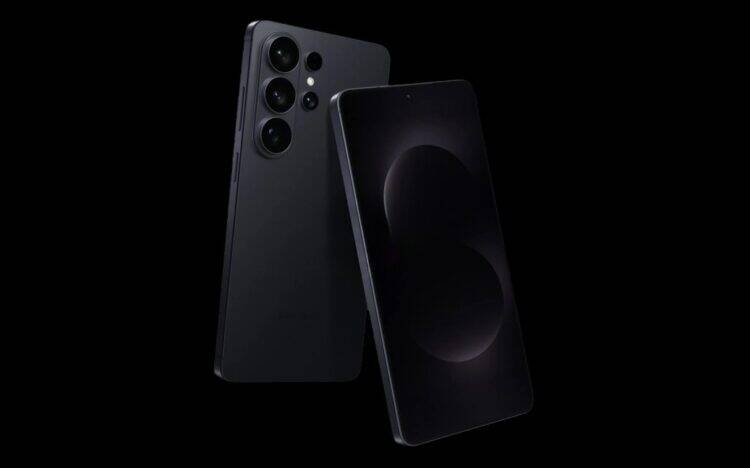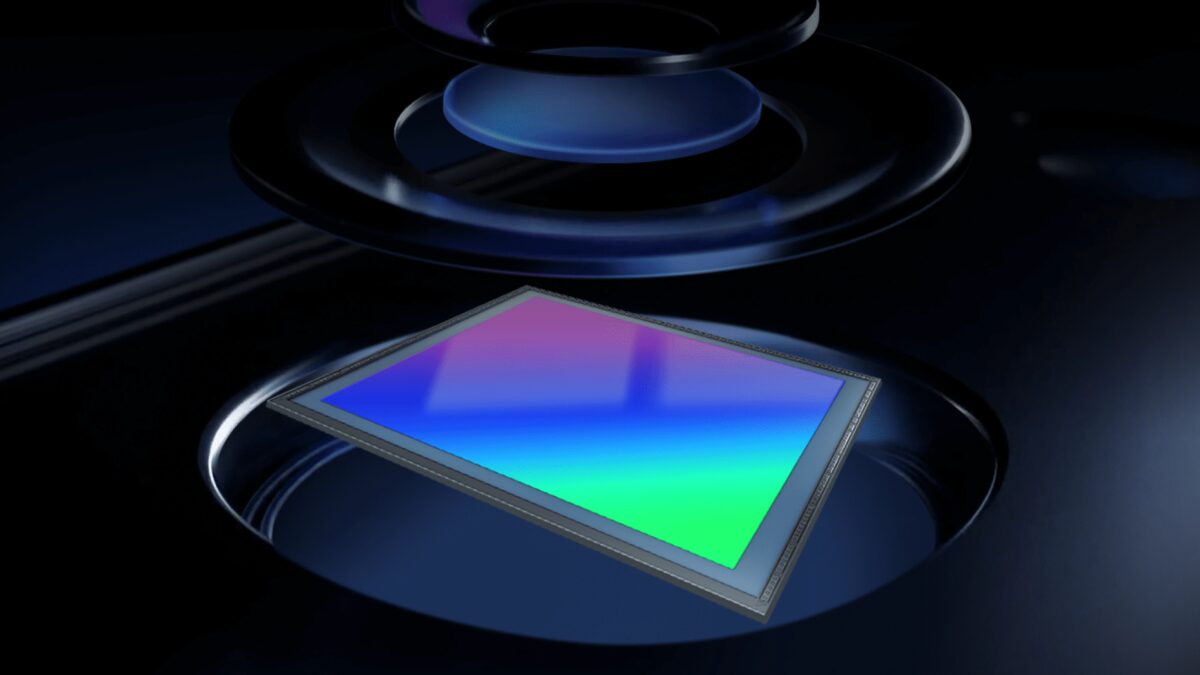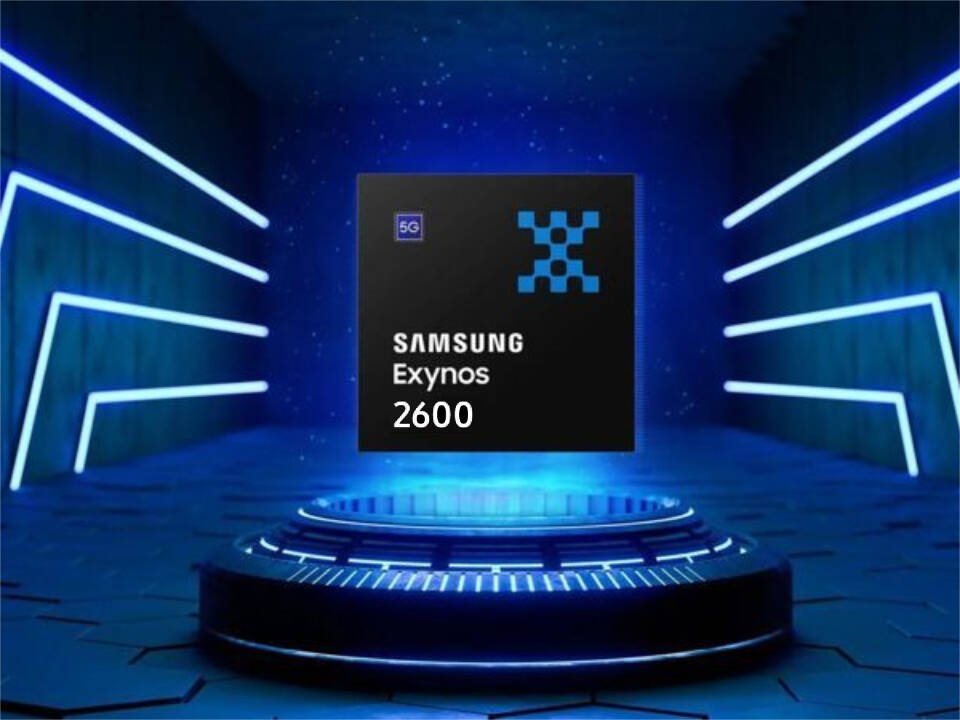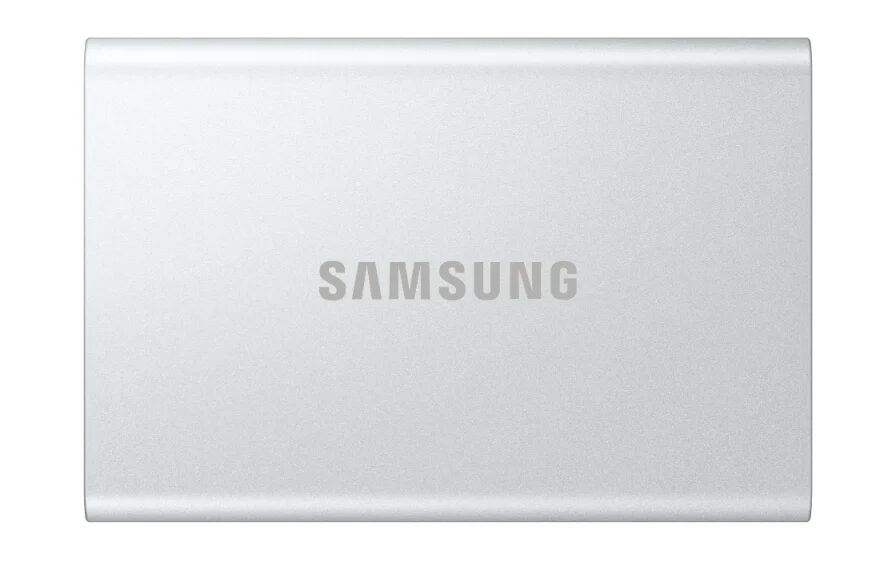Samsung’s new solid-state battery: debut in Galaxy Watch by 2026

Samsung Electro-Mechanics is actively testing a new solid-state battery for wearable devices that could completely change the way we think about future power sources in electronics. Unlike traditional lithium-ion batteries, solid-state batteries do not contain liquid electrolytes – instead, they use a solid electrolyte. With an energy density of 200Wh/L, Samsung’s solid-state battery not only outperforms its lithium-ion counterparts, but also demonstrates the highest density in the industry. A prototype of the battery has already been built and customers are testing it.
Samsung’s solid electrolyte battery is now being tested.
Design and features of the new battery
The solid-state battery from Samsung has been in development for three years, and is currently scheduled for mass production in 2026. This battery is designed specifically for wearable devices, and is expected to debut in the Galaxy Watch 9 in 2026. The same battery can also be used to power other Samsung devices such as Galaxy Buds and Galaxy Ring. In addition to the increased power capacity, the solid-state battery is much less likely to overheat, which is an important step toward making such batteries safer.
Solid-state battery is much less likely to overheat, which is an important step toward making such batteries safer.

Safety and durability
Amidst the many benefits of solid state batteries, such as longer life and high energy density, one of the key benefits is increased safety. Due to the lack of liquid electrolytes, these batteries are much less likely to be at risk of overheating and fire. This significantly reduces the likelihood of incidents that can occur with lithium-ion batteries, especially in the context of compact wearable devices.
Flexibility of form and new design possibilities
Another important advantage of solid state batteries is the ability to produce them in a variety of shapes and sizes. This is extremely important when creating wearable devices where you need to fit all the components neatly into a limited space. Samsung is capitalizing on this aspect to secure a leading position in the battery market for wearable gadgets by filing more than 40 patent applications related to oxide solid-state batteries.
Samsung is betting on this aspect to secure a leading position in the battery segment of the wearable gadget market by filing more than 40 patent applications related to oxide solid-state batteries.
The multilayer ceramic capacitor (MLCC) technology that Samsung uses to make batteries allows thin layers of materials to be applied alternately and then stacked, which is ideal for creating batteries of different configurations. The company’s manufacturing capabilities allow it to create batteries ranging in size from millimeters to centimeters, meeting the needs of different customers and products.
Comparison to lithium-ion batteries and environmental benefits
From a technological standpoint, solid state batteries have several advantages over their lithium-ion counterparts. They have a smaller carbon footprint, which makes them more environmentally friendly. In addition, these batteries can operate over a wider temperature range, making them more versatile and reliable. This is especially important for wearable devices that can be used in different climates.
But it’s not all that simple: solid-state batteries are more expensive to produce than lithium-ion batteries. Despite this, the promise of the technology clearly outweighs the costs, given the many benefits for users and the environment.
Solid-state batteries are not all that easy, however.
History of Samsung Solid State Batteries
It’s been four years since solid state battery technology was first introduced. In that time, Samsung has made significant progress, creating not only compact batteries for wearable devices, but also large batteries for electric cars. These batteries have a range of up to 600 miles (about 965 kilometers), charge in just nine minutes, and have a lifespan of up to 20 years. This underscores the company’s potential to develop reliable and durable solutions for a variety of applications.
The company’s battery packs are also available in a wide range of applications.
Samsung’s plans for the future
Samsung says it will start producing solid-state batteries for wearable devices in 2026. With batteries such as the Galaxy Watch 9, Galaxy Buds and Galaxy Ring, the company aims to further strengthen its position in the wearable electronics market. The move to solid-state batteries will allow Samsung devices to become even thinner, lighter and more reliable, which will also have a positive impact on the user experience.
Samsung’s devices will be even thinner, lighter and more reliable, which will also have a positive impact on the user experience.
So with its efforts in developing solid state batteries, Samsung aims to lead this market segment by ensuring the safety, durability and efficiency of its products. This could also be a key competitive advantage, especially in light of the growing demand for wearable devices with increased autonomy and reliability.
Samsung’s efforts to develop solid-state batteries could also be a key competitive advantage, especially in light of the growing demand for wearable devices with increased autonomy and reliability.








